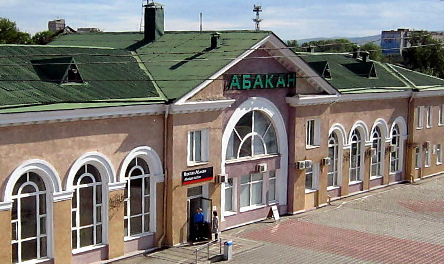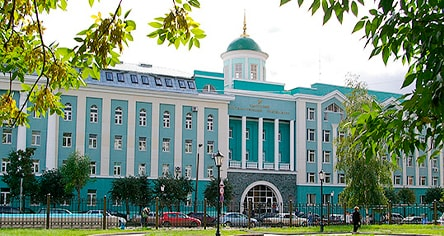Digital assistants for doctors
210 thousand medical specialists in 33 regions of Russia help to treat patients
RT MIS is a team that has consolidated the efforts of the industry's largest developers to create the truly best digital healthcare solution. It meets the objectives of federal projects, provides a comfortable and convenient work for users in medical organizations, increases the targeting and availability of medical care for the population.
The main business area is digitalization of regional healthcare, development and integrated implementation of solutions in medical institutions in the region. The product portfolio includes a medical information system - UDP.MIS, a laboratory information system - UDP.LIS and services "K-vrachu".
Advanced development - business solutions. For example, departmental medical systems and medical information systems for private clinics. This approach makes it possible to develop the concept of a unified medical information space, unrestricted by CHI services.

As a co-founder of the company, I will say that now our goal is not to maximize profits or receive dividends. All our efforts in the coming years are focused on investing in the development of the company. We must make a qualitative leap forward in order to become the first in the market of medical information systems. Not the second place, not leading positions - but first!







































